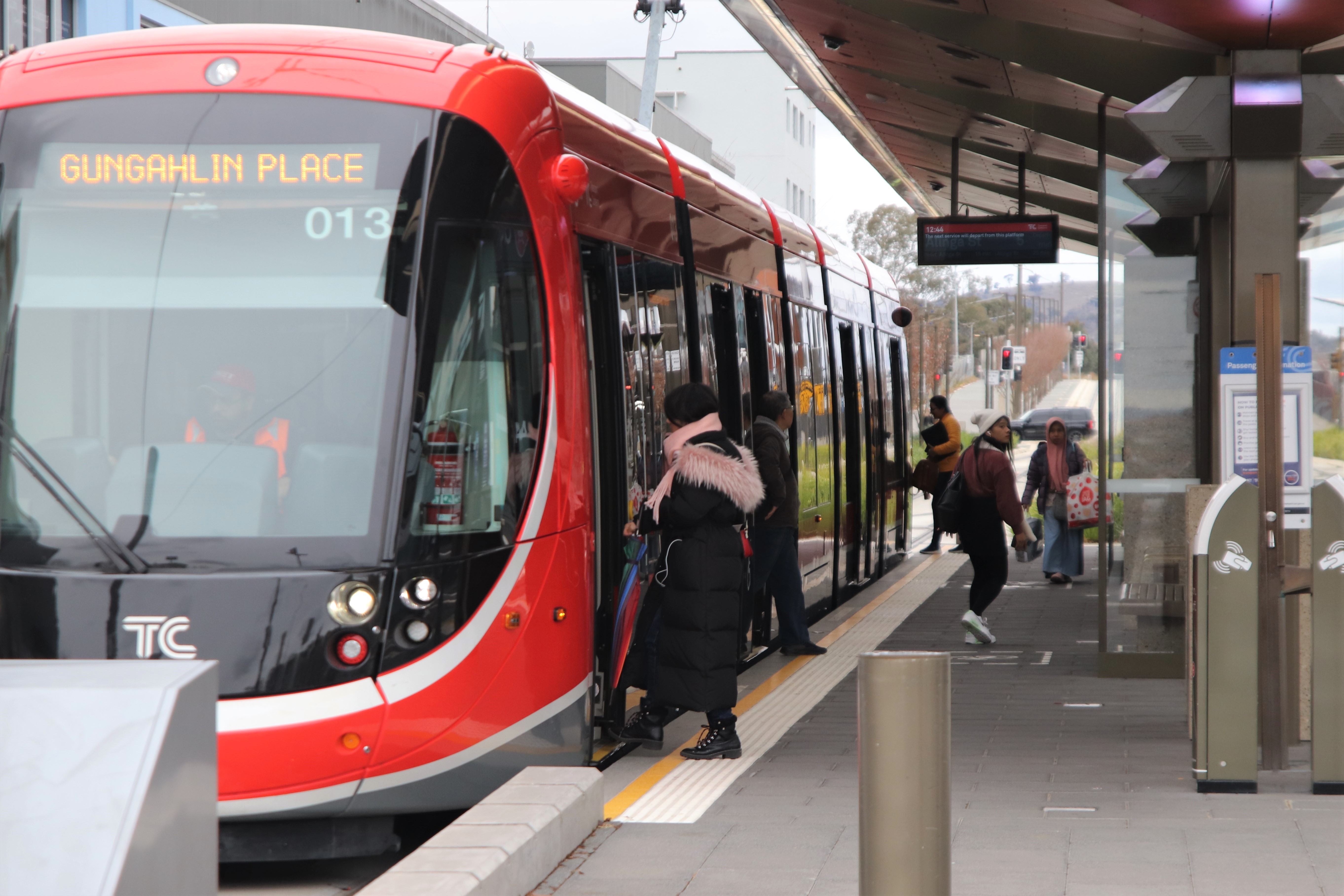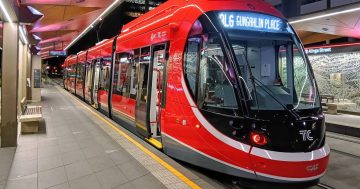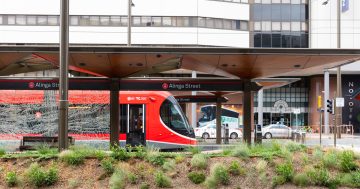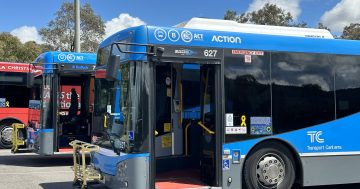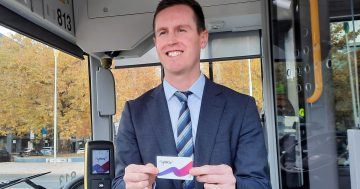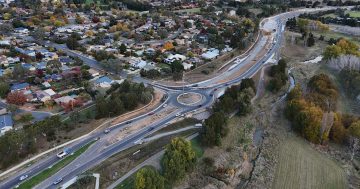The ACT Government is developing a revised submission to be lodged with Infrastructure Australia in September this year for the Capital Metro light rail project, Minister for the Environment and Sustainable Development, Simon Corbell, said today.
Mr Corbell made the announcement as he released the government’s earlier submission from August 2012 to Infrastructure Australia (IA).
“When the government made its previous submission to IA, it had not identified a preference for either bus rapid transit or light rail transit for the Gungahlin to City transport corridor,” Mr Corbell said.
“This submission did not seek IA endorsement for either bus rapid transit or light rail; instead it sought funding for further analysis of each option.
“Since then, the Government has decided that light rail is the best choice for the Gungahlin to City corridor and for our city. A revised submission will strengthen the business case on land development uplift benefits of light rail, as well as why the project is of national significance.”
Mr Corbell said when making its decision to commit to light rail, the Government relied on a number of studies undertaken to prepare the business case, including the City to Gungahlin Transit Corridor: Concept Design Report (URS report April 2012).
The URS Concept Design Report found, “a triple bottom line evaluation undertaken of these options comparing their social, economic and environmental impacts to the ‘do nothing scenario’ has shown LRT to provide higher benefits due to its higher social benefits”.
The IA submission, which presented the costs and benefits of both BRT and LRT on an equal basis, shows that the LRT benefit cost ratio, when taking into account higher population and employment in the corridor, is 2.34, compared to BRT’s benefit cost ratio of 4.78.
“The benefit cost ratio for LRT is similar to, or better than, the benefit cost ratio for other light rail projects going ahead in Queensland and New South Wales,” Mr Corbell said.
“The Gold Coast light rail project, for example, has a benefit cost ratio of 1.65, and Sydney’s inner west light rail project is understood to have a benefit cost ratio of 1.0.”
Benefit cost ratio is a key indicator of a project’s viability. A ratio greater than one demonstrates that for every $1 spent there is a positive economic return.
A ratio of 2.34 shows that for every $1 spent, there is a return of just over $2.
“While the BRT benefit cost ratio in the IA submission was higher than the benefit cost ratio for LRT, the URS report found that, ‘BRT is a cost-effective option, whilst LRT generates the best overall outcome for Canberra’.
“Community consultation during the Gungahlin to City Transport Study showed that although light rail was more expensive than bus rapid transit, the majority of the community preferred light rail and believed it to be an investment in the future of Canberra.”
The ACT Government August 2012 submission to IA can be accessed at
Courtesy Simon Corbell MLA




